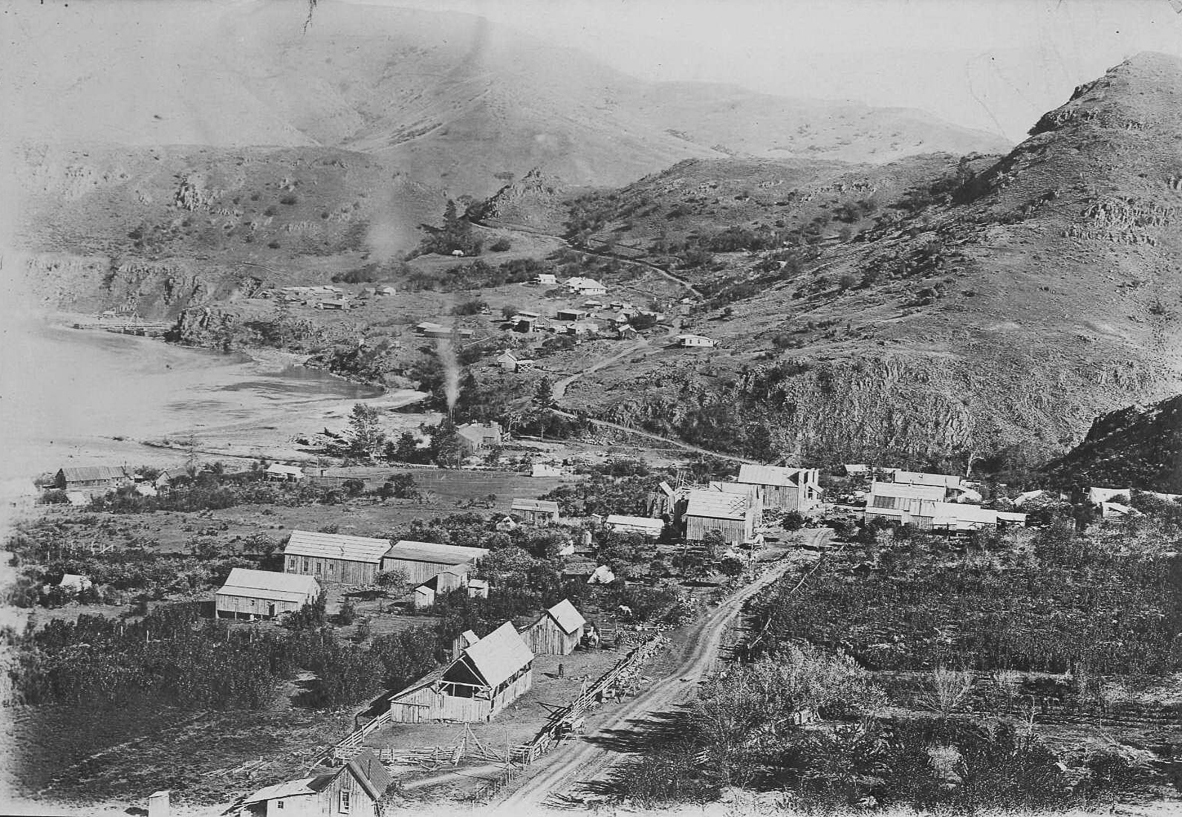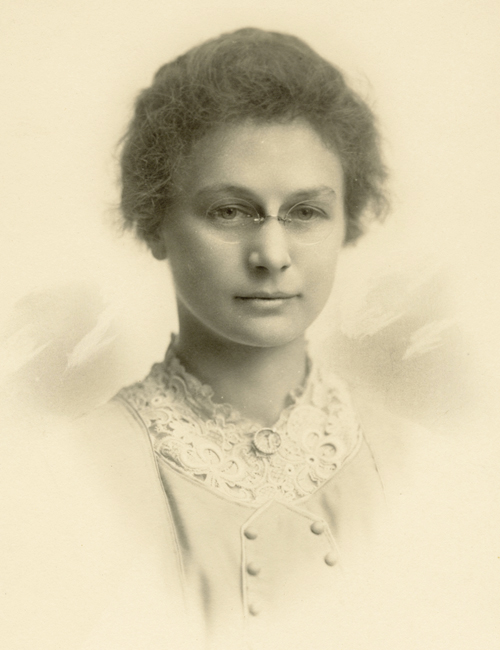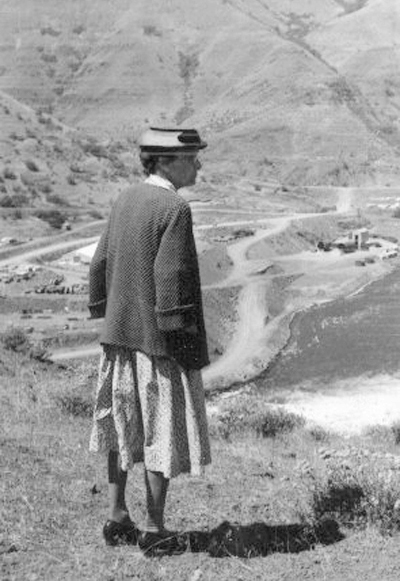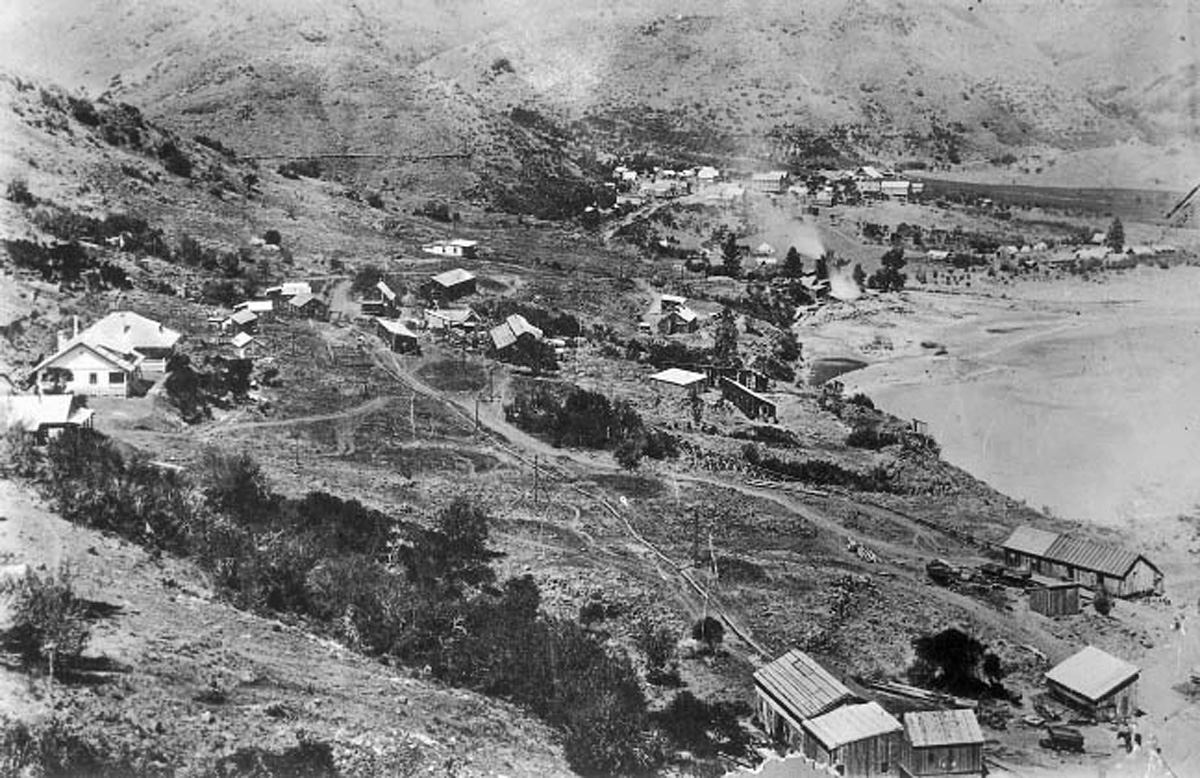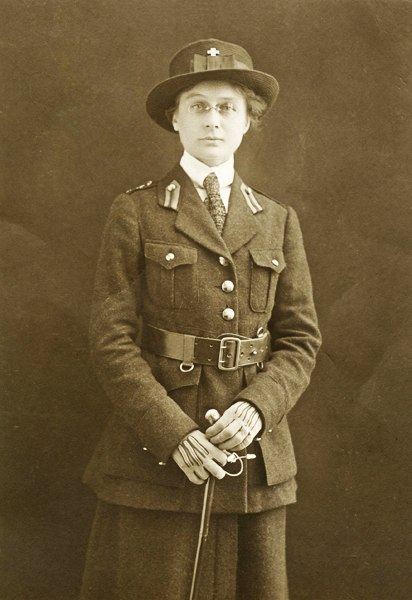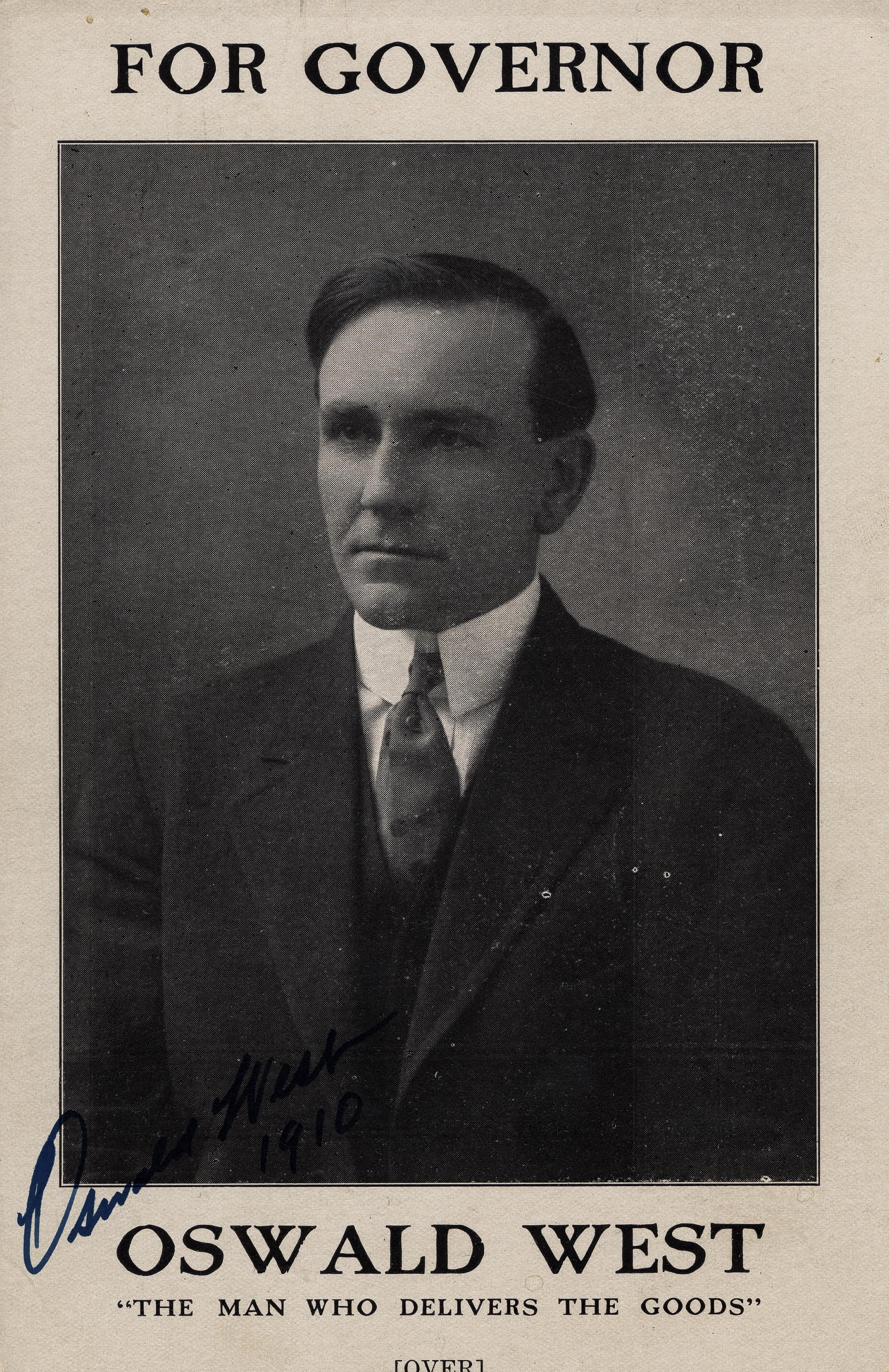On January 2, 1914, Oregon Governor Oswald West declared martial law on Copperfield, a community of about eighty people on the Snake River in eastern Baker County. It was a bold move praised by opponents of liquor and gambling but considered an abuse of executive power by others.
West acted on a petition signed by fifty Copperfield residents alleging that saloons sold alcohol on Sundays and to minors and that they were open all night to illegal gambling. They also complained that the city council was composed mostly of saloon owners and their employees and that their appeals to Baker County Sheriff Ed Rand and District Attorney C.T. Godwin had gone unheeded.
In December 1913, Governor West, a prohibitionist, ordered Rand to close the town’s three saloons by December 26. Rand asked West which law he should invoke, since no citizen would be a witness against the saloon owners and he had no court order to close the saloons. That was not the answer that West wanted to hear.
On January 2, 1914, West’s private secretary, Fern Hobbs, and five militiamen arrived by train in Copperfield. To welcome them, the town was festooned with bunting, and a hundred people reportedly turned out to greet her, including a welcoming committee of bouquet-bearing city councilmen. On behalf of the governor, Hobbs presented all city councilors with resignation papers to sign. On the advice of James Nichols, an attorney in Baker, they declined.
Hobbs turned matters over to Col. B.K. Lawson and left town on the four o'clock train. Meanwhile, Lawson read West’s proclamation of martial law, posted the three saloons closed, and placed a militiaman at the door of each. He confiscated all weapons and took possession of all liquor and gambling equipment.
Mayor Henry A. Stewart and Councilman William Wiegand—both saloon owners—brought a suit against West, Hobbs, and Lawson, and the circuit court granted an injunction against the imposition of martial law. The governor ordered Lawson to ignore it. Fearing that Rand would arrest him for contempt of court, Lawson requested reinforcements, and ten more militiamen arrived on January 5.
What became known as the Copperfield Affair headed into Circuit Court Judge Gustav Anderson’s courtroom in Baker. The judge ruled that West’s declaration of martial law could not be enjoined by the courts but that the saloon owners could bring a civil action for damages if the governor had abused their rights. The decision was upheld by the Oregon Supreme Court in Wiegand v. West.
Copperfield’s saloons never reopened. In August 1915, most of what was left of the town burned to the ground.
-
![Copperfield, about 1908.]()
Copperfield, ca 1908.
Copperfield, about 1908. Baker County Library Historic Photo Collection
-
![Fern Hobbs at about age 18.]()
Hobbs, Fern, ca 1903.
Fern Hobbs at about age 18. Courtesy John de Ferrari
-
![Copperfield from the southeast, about 1908.]()
Copperfield, from SE, ca 1908.
Copperfield from the southeast, about 1908. Baker County Library Historic Photo Collection
-
![Fern Hobbs returns to Copperfield, 1959.]()
Hobbs, Fern in Copperfield, 1959.
Fern Hobbs returns to Copperfield, 1959. Courtesy John de Ferrari
Related Entries
-
![Copperfield]()
Copperfield
The unincorporated community of Copperfield, also known as Oxbow, is lo…
-
![Fern Hobbs (1883-1964)]()
Fern Hobbs (1883-1964)
In January 1914, thirty-year-old Fern Hobbs achieved international cele…
-
![Oswald D. West (1873-1960)]()
Oswald D. West (1873-1960)
Oswald D. West served as Oregon's fourteenth governor, between 1911 and…
Map This on the Oregon History WayFinder
The Oregon History Wayfinder is an interactive map that identifies significant places, people, and events in Oregon history.
Further Reading
Dielman, Gary. "How the Governor’s Secretary Conquered a Notorious Town." Oregon Genealogy and History, 1998. http://www.oregongenealogy.com/baker/copperfield/index.htm#Copperfield.
Holbrook, Stewart H. Far Corner: A Personal View of the Pacific Northwest. New York: MacMillan, 1952.

